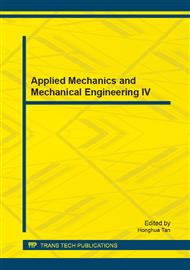p.386
p.390
p.396
p.402
p.407
p.413
p.418
p.424
p.428
Theoretical Analysis and Experimental Verification that Influence Factors of Climb and Conventional Milling on Surface Roughness
Abstract:
The surface roughness is an important indicator of precision. Generally, climb milling which is usually using in finish milling get better surface roughness and accuracy. In this paper, based on geometric analysis, the surface roughness of the conventional milling is better than the surface roughness of the climb. This result has been verified by experiment.
Info:
Periodical:
Pages:
407-412
Citation:
Online since:
October 2013
Authors:
Price:
Сopyright:
© 2014 Trans Tech Publications Ltd. All Rights Reserved
Share:
Citation:


